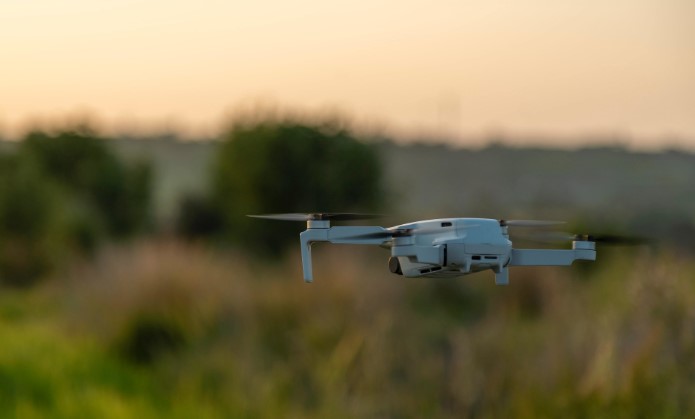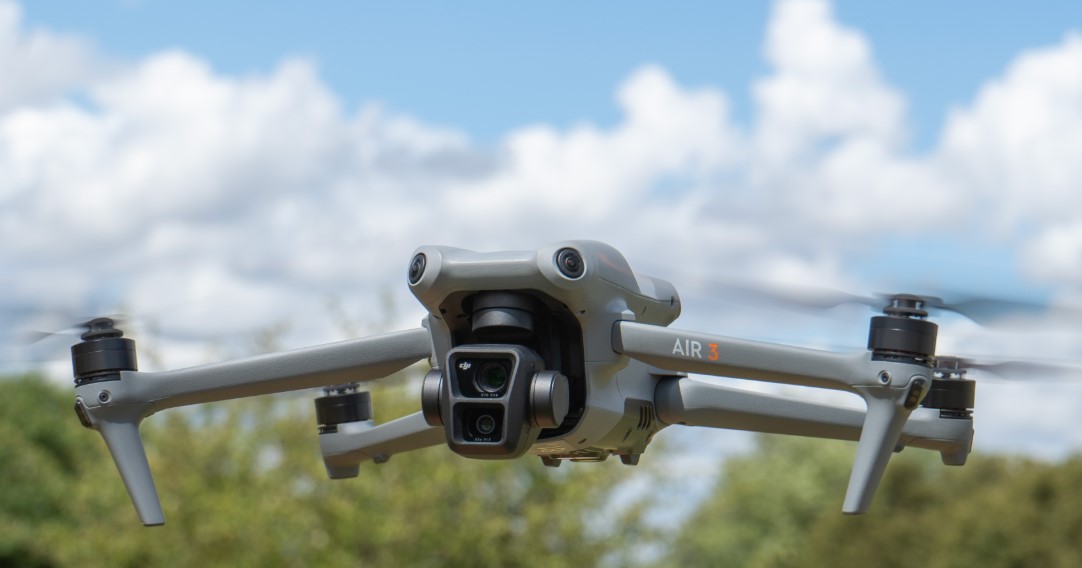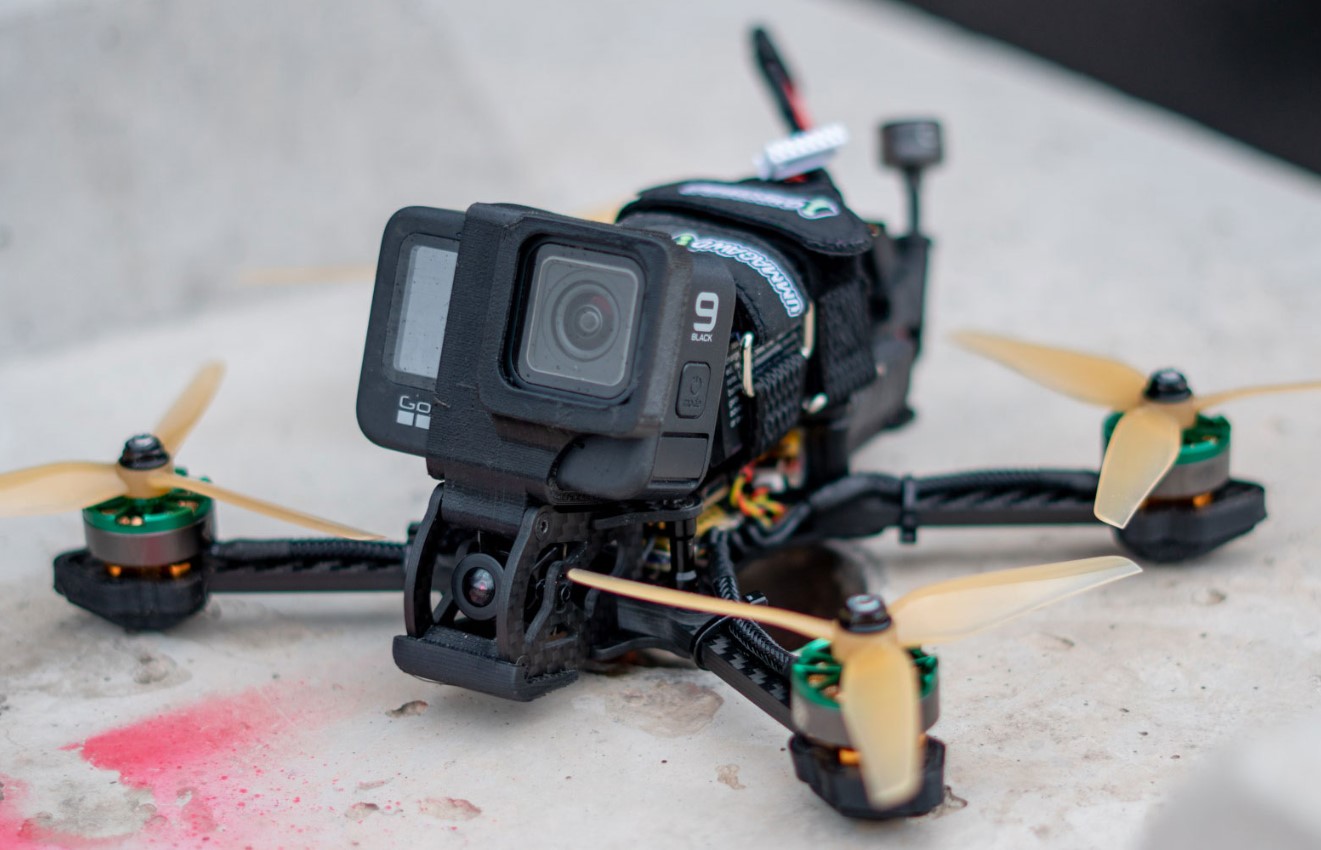The rise of drone technology has revolutionized the way we capture landscapes, explore new territories, and even conduct research. However, as drones become more accessible, so too do the regulations surrounding their use, particularly in sensitive areas like state parks. If you’re wondering, “Can you fly a drone in a state park?”, the answer is complex. It depends on state laws, park-specific regulations, and the purpose of your flight. This guide provides a detailed exploration of the rules and considerations for flying drones in state parks across the United States. Follow Dronevoz.com !!!
Understanding Drone Regulations in the United States
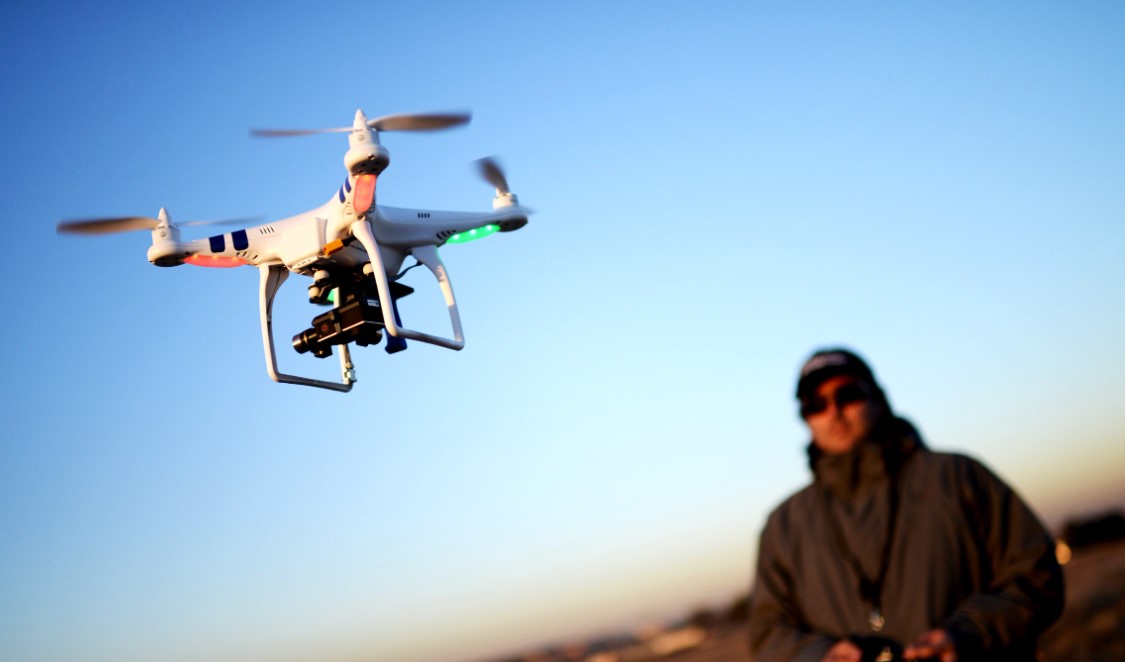
The Federal Aviation Administration (FAA) oversees drone operations in the United States, establishing baseline rules for safety and privacy. According to the FAA:
- Recreational Use: Hobbyists must follow the FAA’s recreational drone guidelines, which include registering the drone (if it weighs more than 0.55 pounds), flying below 400 feet, and maintaining a line of sight.
- Commercial Use: Commercial pilots need a Part 107 license and must comply with additional restrictions, such as avoiding flights over people or moving vehicles without proper waivers.
While the FAA governs airspace, state and local governments have authority over land use. This division means that flying a drone in a state park is subject to specific rules set by the state or park administration.
Can You Fly a Drone in a State Park?
State parks are protected areas designed to preserve natural habitats, cultural heritage, and recreational opportunities. Allowing unrestricted drone use could result in several issues, including:
- Wildlife Disturbance: The sound of drones can stress animals, disrupt nesting birds, and interfere with migration patterns.
- Privacy Concerns: Visitors expect privacy when enjoying nature, and drones equipped with cameras may infringe on this right.
- Safety Hazards: Inexperienced pilots or malfunctioning drones can pose risks to other park visitors and damage natural features.
- Cultural and Historical Preservation: Some state parks contain sacred sites or historical landmarks, where drone use might be inappropriate or damaging.
To address these concerns, many state parks either restrict or outright prohibit drone flights.
>>> Read: Can You Fly a Drone in a Public Park UK?
State-Specific Drone Laws for State Parks
Each state has its own set of rules regarding drone use in state parks. Below is a summary of drone regulations in some major states:
- California
California generally prohibits drone use in state parks unless you have a special permit. Popular parks like Yosemite and Big Sur enforce strict no-drone policies to protect their ecosystems and visitor experience.
- Texas
Drone usage in Texas state parks requires prior approval. The Texas Parks and Wildlife Department assesses requests on a case-by-case basis, typically for commercial purposes or research.
- Florida
Florida allows limited drone use in state parks, but specific areas may have restrictions. It’s essential to check with the individual park before flying.
- New York
Drones are prohibited in New York state parks unless explicitly permitted for events or commercial filming with proper authorization.
- Colorado
Colorado state parks have a blanket ban on drones, except in designated areas such as Cherry Creek State Park and Chatfield State Park, where flying is allowed under strict guidelines.
- Utah
Utah permits drone flying in specific state parks, such as Sand Hollow and Jordanelle. However, restrictions apply during peak seasons and certain times of the year to protect wildlife.
- Oregon
Oregon’s state parks generally restrict drone flights to designated areas or require special permits for commercial and research activities.
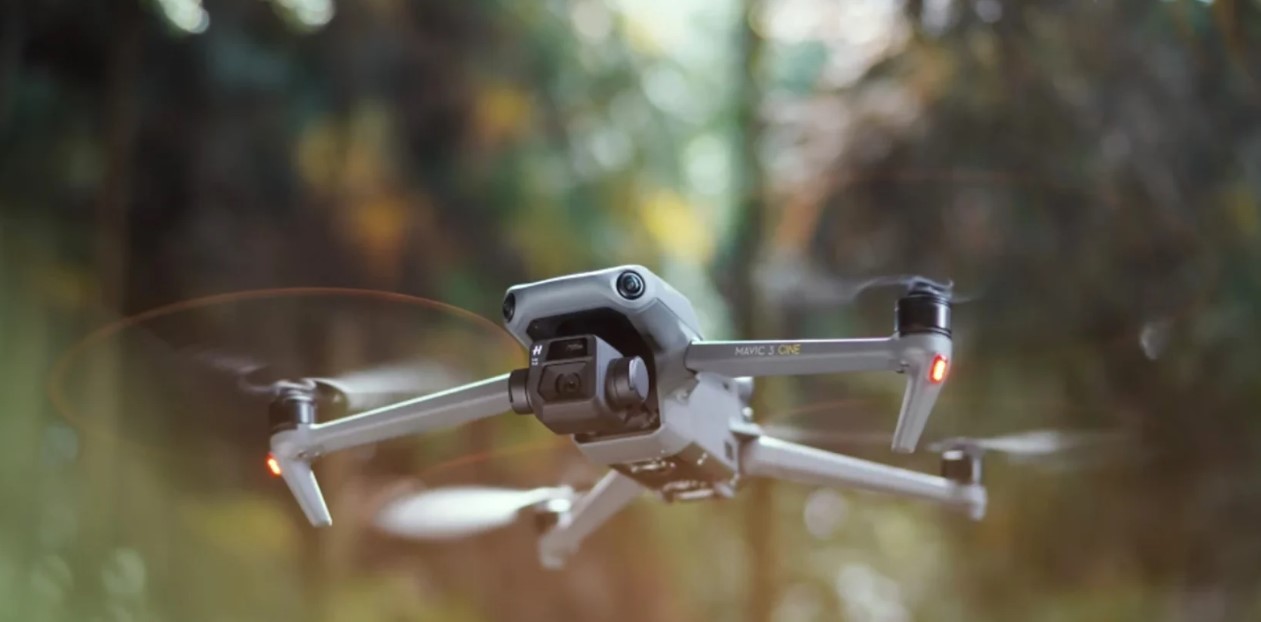
How to Obtain Permission for Flying a Drone in a State Park
If you wish to fly a drone in a state park where it is not outright prohibited, you may need to obtain a permit. Here’s how to navigate the process:
- Contact the Park Office: Begin by reaching out to the park’s administrative office to inquire about their drone policies.
- Specify Your Purpose: Be clear about why you want to fly your drone. Permits are more likely to be granted for educational, research, or commercial purposes than for recreational use.
- Provide Documentation: You may need to submit proof of FAA registration, insurance coverage, and, if applicable, a Part 107 certification.
- Adhere to Conditions: Permits often come with conditions, such as restricted flying times, designated areas, or guidelines to minimize noise and disturbance.
Tips for Flying Drones Responsibly in State Parks
If you are permitted to fly a drone in a state park, consider the following tips to ensure responsible and ethical use:
- Follow FAA Guidelines: Adhere to all federal regulations, including altitude limits and line-of-sight requirements.
- Respect Wildlife and Nature: Avoid flying near animals or sensitive habitats, and never land your drone in restricted areas.
- Be Mindful of Other Visitors: Keep your drone away from crowded areas to maintain the peaceful environment of the park.
- Plan Your Flight Path: Use apps like B4UFLY or AirMap to check for no-fly zones and plan your flight accordingly.
- Check Weather Conditions: Flying in high winds, rain, or snow can be dangerous and increase the likelihood of accidents.
- Carry Necessary Equipment: Bring extra batteries, propellers, and tools to handle minor repairs or adjustments.
>>> Read More: Can You Fly a Drone at the Grand Canyon?
Consequences of Flying Drones Illegally in State Parks
Ignoring drone regulations in state parks can lead to serious consequences, including:
- Fines: Penalties for unauthorized drone flights can range from a few hundred to thousands of dollars.
- Confiscation of Equipment: Park authorities may seize your drone if you’re found violating rules.
- Legal Action: In extreme cases, illegal drone use could result in criminal charges, especially if it endangers people or wildlife.
- Damage to Reputation: For commercial operators, breaking drone laws can harm your professional credibility and future opportunities.
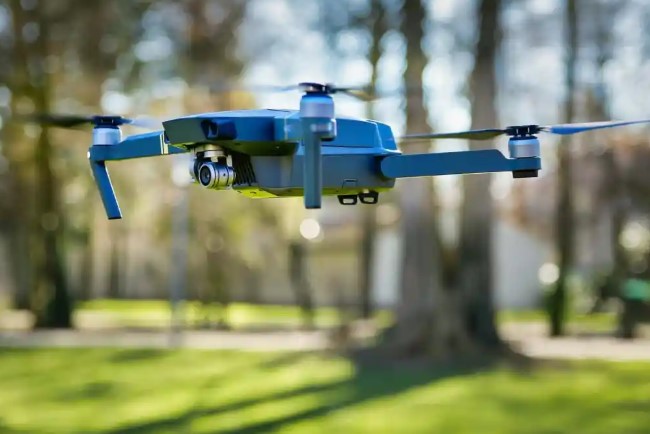
Alternatives to Drone Flying in State Parks
If drone use is prohibited in a state park you wish to visit, consider alternative ways to capture its beauty:
- Photography and Videography: Use handheld cameras or tripods to document the scenery from ground level.
- Hiking and Exploration: Discover unique vantage points by exploring trails and lookouts.
- Licensed Drone Operators: Hire a licensed operator who has obtained the necessary permits for aerial photography in restricted areas.
Conclusion
So, can you fly a drone in a state park? The answer depends on the park, the state, and the purpose of your flight. While many state parks restrict drone use to protect their ecosystems, wildlife, and visitor experience, exceptions exist for specific parks and purposes. Always research the rules of your destination, obtain the necessary permits, and fly responsibly to enjoy the beauty of state parks without compromising their integrity.
By understanding and respecting these regulations, you can ensure a safe and enjoyable experience while capturing the breathtaking landscapes that state parks have to offer.
